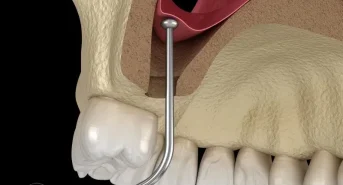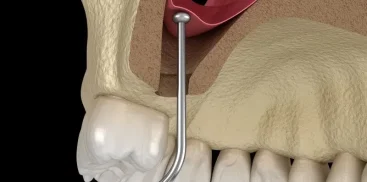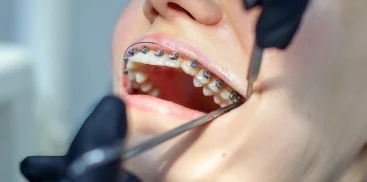Fractures, chips and other mechanical damage often lead to the need for tooth reconstruction.
Depending on the type and degree of damage, there are several different methods of tooth reconstruction:
1. Fiberglass-based composite restoration:
This method is often used for small tooth defects. Glass fiber introduced into the tooth strengthens its structure and enables reconstruction. This solution is particularly effective after endodontic procedures, when the tooth loses elasticity. The advantageous features of this method are durability, natural tooth appearance, precision of workmanship and resistance to damage.
2. Composite filling (bonding):
Bonding is mainly used to repair minor damage, such as chips or chipped teeth. Composite fillings are popular due to the speed of execution and the ability to correct small defects. However, it is worth remembering that this method is only effective with healthy teeth.
3. Veneers:
Veneers are thin overlays, often made of porcelain, attached to the front teeth. They are ideal for improving the aesthetics of your smile by allowing you to change the shape and color of your teeth. The procedure requires tooth preparation and sometimes orthodontic treatment.
4. Prosthetic crowns:
Crowns are used when a tooth has suffered significant damage or complete loss of its natural crown.
They can be cemented to a tooth abutment or implant and are made of a variety of materials, including porcelain and composite. Prosthetic crowns are durable and can restore both the function and aesthetics of the tooth.
It is worth noting that fiberglass can also be used to reconstruct a tooth on the root (crown-root inlay), provided that the tooth root is stable and healthy.
In summary, there are several different tooth restoration methods that are suited to different types of damage. Each of these methods has its advantages and limitations, so it is important that the choice is precisely tailored to the patient’s needs and health condition and the tooth.










